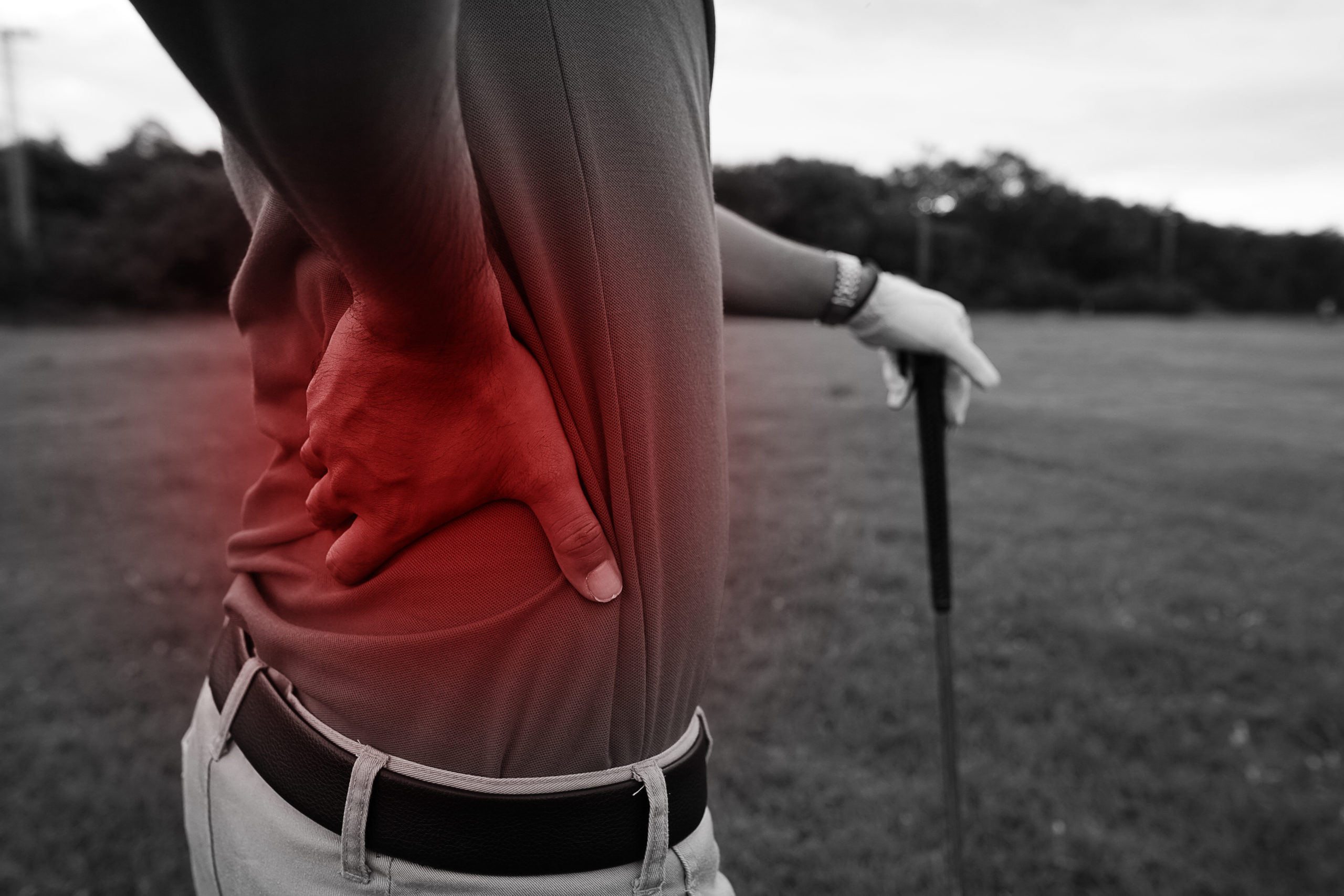What Type of Diagnostic Imaging Would I Need For My Golf Injury?
Golf is one of the most popular sports in the world. The sport has a rich history that dates back centuries, and it continues to be enjoyed by people of all ages. An estimated 60 million people play golf worldwide, with more than 30 million in the United States alone.
There are many different ways to enjoy golf, from hitting range balls to playing on a traditional golf course. No matter how you play, golf is a great way to get outdoors and have some fun.
However, golf can also lead to severe and chronic injuries. Understanding those injuries and the tests your doctor may order is essential.

Types of Golf Injuries
A variety of different injuries can occur while playing golf. The most common golf injury is a wrist or forearm strain. This happens when players swing the club too hard.
Other common injuries include back strains, elbow strains, and shoulder strains. Less common injuries include concussions, herniated discs, and even spinal fractures.
While most of these injuries are not serious, they are painful and can cause golfers to miss time on the course. Taking steps to warm up properly and stretch before playing can help reduce the risk of injury. Wearing proper golfing attire (gloves and supportive shoes) can also help protect against injuries.
If you suffer an injury while playing golf, it is important to rest the affected area and ice it to reduce swelling. You may also need pain medication for several days while the injury heals. If the injury is severe or isn’t improving with conservative treatment, you might need to see a doctor. With proper care, most golfers can recover from their injuries and return to the course in no time.
Diagnosing a Golf Injury
Doctors use a variety of methods to diagnose golf injuries. The first step is to take the patient’s medical history and conduct a physical examination. Doctors typically ask questions about the nature and location of the pain, when it started, and how it has progressed. During the physical examination, the doctor can check for signs of swelling, bruising, and other external damage.
Types of Imaging Tests Used to Diagnose Golf Injuries
Imaging tests can help diagnose many different golf injuries. X-rays can show bones that are out of alignment or fractured. MRIs (magnetic resonance imaging) can provide detailed images of soft tissues, such as ligaments and tendons. CT (computed tomography) scans can create cross-sectional images of the body. These tests can help doctors identify the source of the pain and plan the best course of treatment.
Depending on the results of the initial evaluation, doctors may recommend further treatment options such as physical therapy or surgery. Golfers should consult with a doctor if they are experiencing any pain or other symptoms impacting their ability to play. With proper diagnosis and treatment, most golf injuries will resolve, and the golfer can return to their normal activity level.
Schedule Your Diagnostic Imaging Appointment Today
If you suffer from a golf injury, your doctor may order an imaging test to help diagnose and treat your condition. When this occurs, contact ImageCare Centers. We offer state-of-the-art imaging at a fraction of the cost of hospitals and urgent care clinics. If your doctor has requested an MRI, CT scan, Ultrasound, or other imaging tests for you, contact us today at 973-871-3333 to schedule an appointment or complete our convenient online appointment request form.